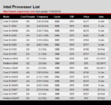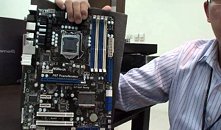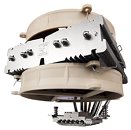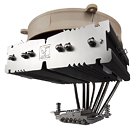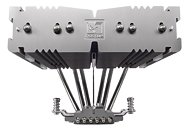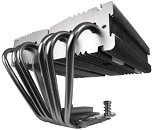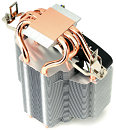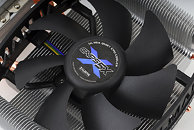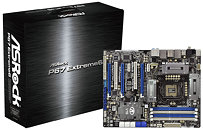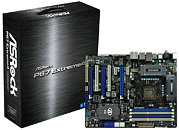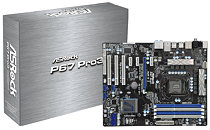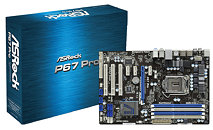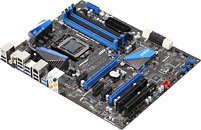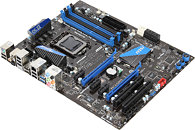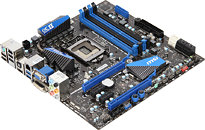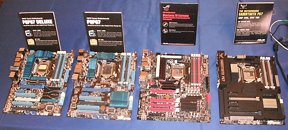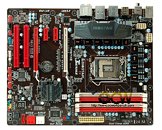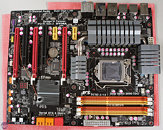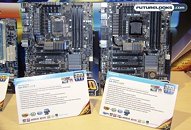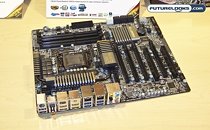
2011 Intel Core Processor Pricing and Launch Dates Surface
Back in August, a report with details sourced from ComputerBase.de was bang-on in tabling what the 2011 Intel Core processor lineup is going to look like. With a little over a month to go for the market release of these processors, fresh details emerged that reveal pricing and precise availability dates of each model. To begin with, 9th January is D-day for the socket LGA1155 platform, when one can expect a large wave of motherboards to reach stores, along with 10 new Core i5, Core i7 "Sandy Bridge" quad-core processors.
The quad-core lineup consists of 7 Core i5 models. Based on a Sandy Bridge derivative silicon, these processors differ from the Core i7 models in having no HyperThreading (4 cores/4 threads), and 25% of the L3 cache being disabled (set at 6 MB). The lineup overall is seeing a clock speed increase compared to current-generation "Lynnfield" processors. The Core i5 lineup also includes an overclocker-friendly "K" model, which features an unlocked BClk multipler. The fastest in the lineup is the Core i7 2600/2600K, which is clocked at 3.40 GHz. With the default BClk (base clock) of Sandy Bridge running at 100 MHz (compared to 133 MHz on Nehalem/Westmere), one can expect very high multiplier values. It should also be easier to calculate speeds and keep track of, for overclockers.
The quad-core lineup consists of 7 Core i5 models. Based on a Sandy Bridge derivative silicon, these processors differ from the Core i7 models in having no HyperThreading (4 cores/4 threads), and 25% of the L3 cache being disabled (set at 6 MB). The lineup overall is seeing a clock speed increase compared to current-generation "Lynnfield" processors. The Core i5 lineup also includes an overclocker-friendly "K" model, which features an unlocked BClk multipler. The fastest in the lineup is the Core i7 2600/2600K, which is clocked at 3.40 GHz. With the default BClk (base clock) of Sandy Bridge running at 100 MHz (compared to 133 MHz on Nehalem/Westmere), one can expect very high multiplier values. It should also be easier to calculate speeds and keep track of, for overclockers.
